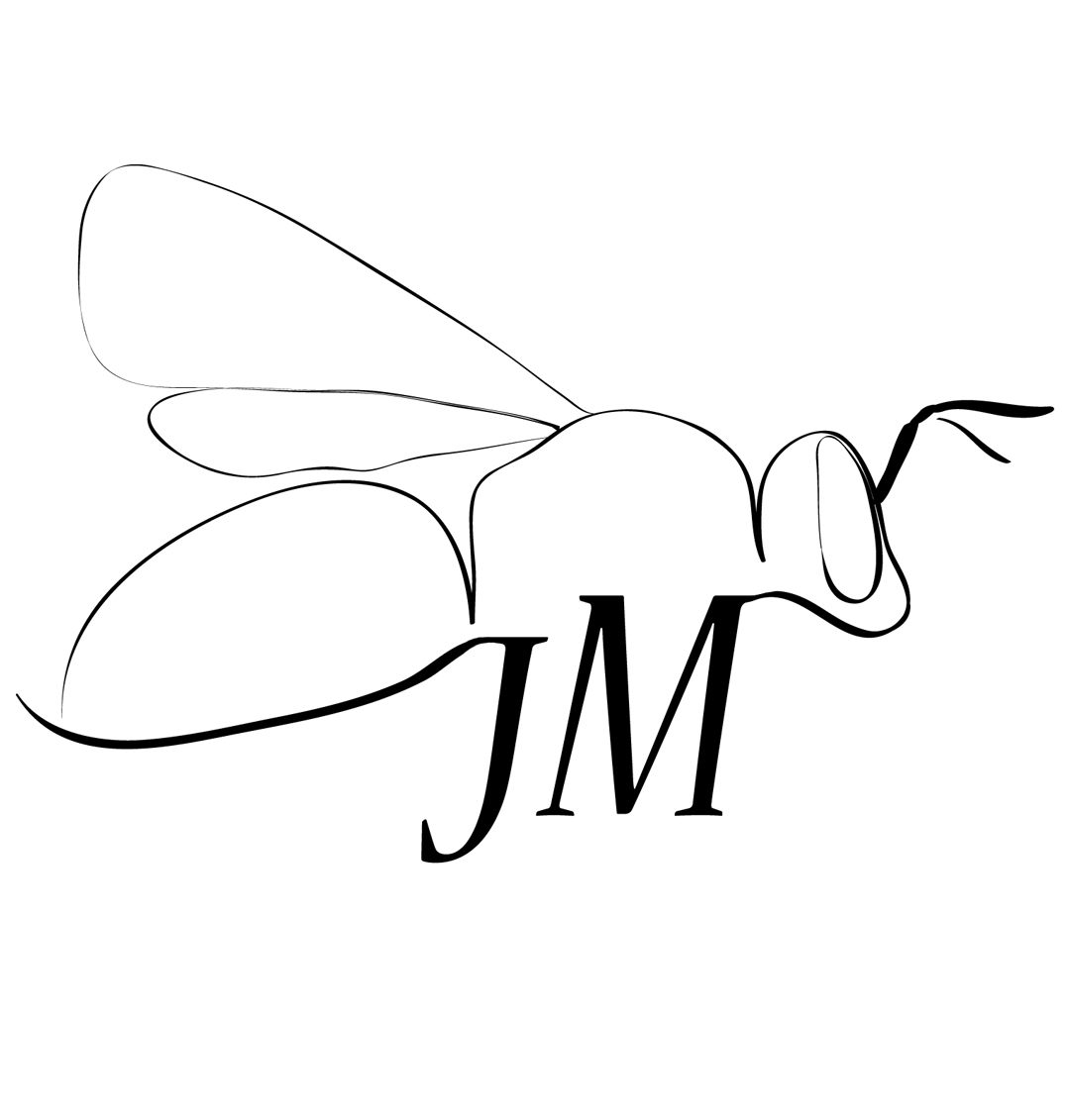An unusually large and persistent male swarm of the stingless bee Tetragonula laeviceps in Thailand (Hymenoptera: Apidae: Meliponini)
DOI:
https://doi.org/10.17161/jom.v0i32.4708Keywords:
Meliponini, swarming, heterospecificAbstract
At an entrance of a nest of Tetragonula laeviceps (Smith) located in Chiang Mai University campus we observed a male swarm that lasted for at least 40 consecutive days and contained more than 7000 males each time on several days. Surprisingly, harvesting the day’s totality of males did not reduce the swarm size on the following day, thus indicating that most males swarmed only one day, at the end of which they presumably perished from exhaustion away from the nest. Males of other species were also found in the swarm, a behavior corroborated by previous observations with other species elsewhere in Thailand.
References
Bänziger, H., S. Pumikong, & K. Srimuang. 2011. The remarkable nest entrance of tear drinking Pariotrigona klossi and other stingless bees nesting in limestone cavities (Hymenoptera: Apidae). Journal of the Kansas Entomological Society 84(1): 22–35.
Boongird, S. 2011. Aspects of culturing, reproductive behavior, and colony formation in the stingless bee Tetragonula fuscobalteata (Hymenoptera: Apidae: Meliponini). Journal of the Kansas Entomological Society 84(3): 190–196.
Boongird, S., & C.D. Michener. 2010. Pollen and propolis collecting by male stingless bees (Hymenoptera: Apidae). Journal of the Kansas Entomological Society 83(1): 47–50.
Cameron, E.C., P. Franck, & B.P. Oldroyd. 2004. Genetic structure of nest aggregations and drone congregations of the southeast Asian stingless bee Trigona collina. Molecular Ecology 13(8): 2357–2364.
Cortopassi-Laurino, M. 2007. Drone congregations in Meliponini: What do they tell us? BioScience Journal 23(Supplement 1): 153–160.
Engels, W., E. Engels, & W. Francke. 1997. Ontogeny of cephalic volatile patterns of the neotropical stingless bee, Scaptotrigona postica. Invertebrate Reproduction and Development 30(1–3): 251–256.
Galindo López, J.C., & F.B. Kraus. 2009. Cherchez la femme? Site choice of drone congregations in the stingless bee Scaptotrigona mexicana. Animal Behaviour 77(5): 1247–1252.
Inoue, T., S. Salmah, I. Abbas, & E. Yusuf. 1985. Foraging behavior of individual workers and foraging dynamics of colonies of three Sumatran stingless bees. Research on Population Ecology 27(2): 373–392.
Michener, C.D. 1974. The Social Behavior of the Bees: A Comparative Study. Belknap Press; Cambridge, MA; x+394 pp.
Rasmussen, C., & C.D. Michener. 2010. The identity and neotype of Trigona laeviceps Smith (Hymenoptera: Apidae). Journal of the Kansas Entomological Society 83(2): 129–133.
Roubik, D.W., & M. Aluja. 1983. Flight ranges of Melipona and Trigona in tropical forest. Journal of the Kansas Entomological Society 56(2): 217–222.
Sakagami, S., T. Inoue, S. Yamane, & S. Salmah. 1983. Nest architecture and colony composition of the Sumatran stingless bee Trigona (Tetragonula) laeviceps. Kontyû 51(1): 100–111.
Velthuis, H.H.W., D. Koedam, & V.L. Imperatriz-Fonseca. 2005. The males of Melipona and other stingless bees, and their mothers. Apidologie 36(2): 169–185.
Verdugo-Dardon, M., L. Cruz-Lopez, E.A. Malo, J.C. Rojas, & M. Guzman-Diaz. 2011. Olfactory attraction of Scaptotrigona mexicana drones to their virgin queen volatiles. Apidologie 42(4): 543–550.
Winston, M.L. 1987. The Biology of the Honey Bee. Harvard University Press; Cambridge, MA; viii+[ii]+281.
Published
Issue
Section
License
Copyright for articles published in Journal of Melittology is retained by the authors, with first publication rights granted to the journal. By virtue of their appearance in this open access journal, articles are free to use, with proper attribution and permission of the authors, in educational and other non-commercial settings.





